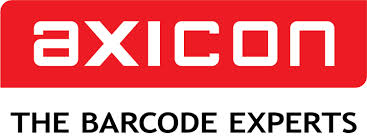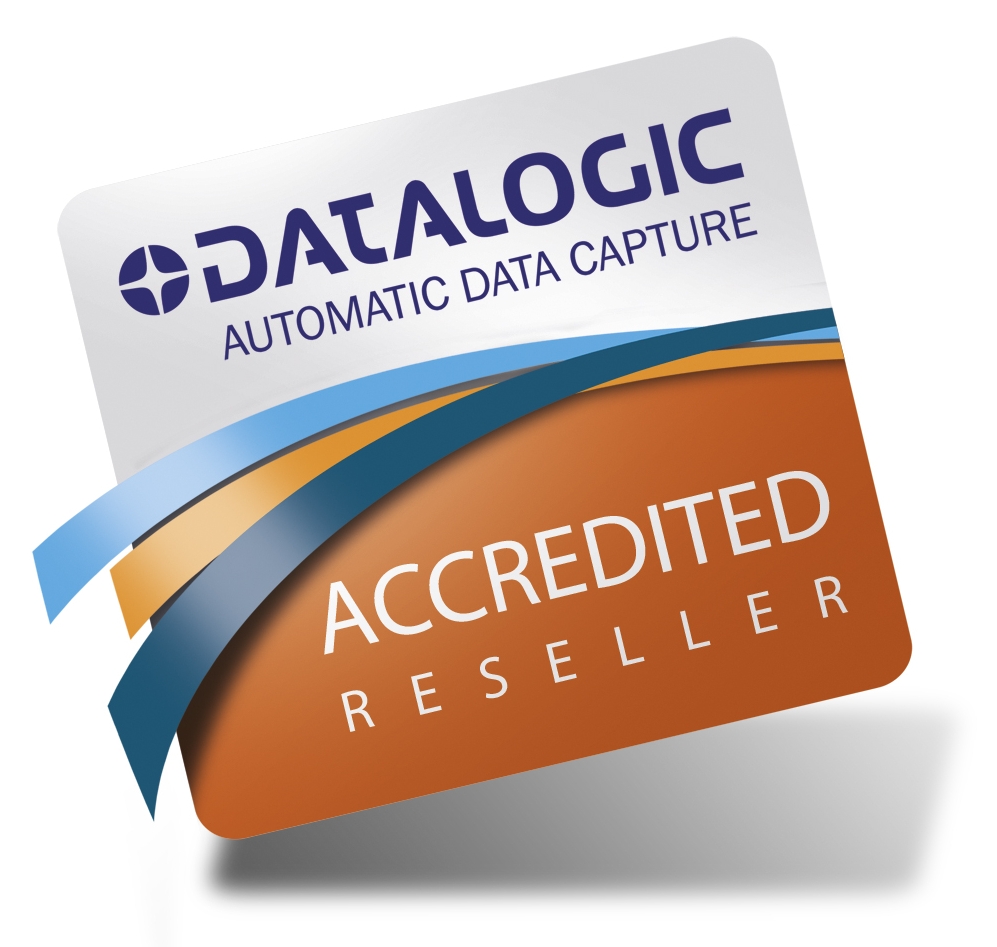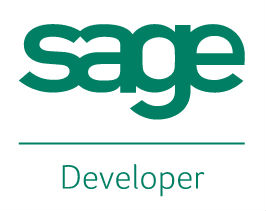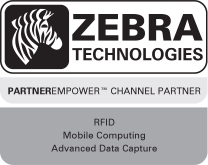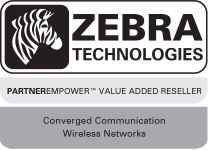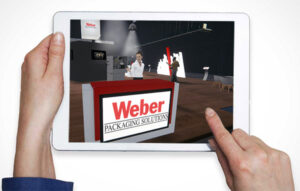
Not one label is the same – different applications require different digital technology, which is precisely why printing is such an exciting business. Wine & spirits, food, beverages, pharma, health & beauty or industrial chemicals: every label comes with its own aesthetic and functional requirements. In this article, we focus on durable and industrial labels, which often must endure high temperatures, UV light, chemicals and mechanical stress.
Durable labels used in washing machines, PCs, cars , machinery, refrigerators etc. are intended to last several years. They are often subject to extreme conditions, such as high or low temperature, excessive exposure to UV light or contact with chemicals. In order to meet the end user’s and the brand owner’s expectations, the labels must be durable as well. For these ends, UV inkjet is the perfect technology.
Temperature
Dry and liquid toner images are polymers fused to the substrate, so when heated, they can melt again. Applying heat-resistant lamination remedies this issue. UV-curable and water-based inkjet are heat resistant: the polymers formed after the complete curing of the UV-curable inkjet have a high melting point. In water-based inks, the concentration of polymers on the substrate surface is too low for the ink to melt and become sticky. Moreover, UV inkjet inks are resistant to mechanical stress after being exposed to UV light.
Chemical resistance of durable labels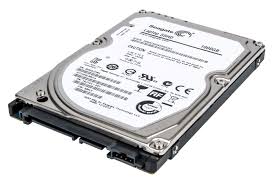
Cross-linked inks/toners are generally highly resistant to chemicals, which explains the performance of UV-curable inkjet inks compared to that of liquid or dry toner: the resins in toner are mostly not cross-linked. Applying chemically-resistant lamination remedies this issue but comes with a cost.
UV sunlight and durables
Lightfastness is critical for high quality labels. It is a measure of how well a printed image resists discoloration or fading as a result of exposure to light over time. Products sitting on a store shelf or in a warehouse are often exposed to direct sunlight for hours on end. The UV affects the color pigments, causing the image to lose its brightness over time. It is a natural process which can be slowed down by adding protective UV layers on top of the label (varnish or laminate). From the start, Xeikon invested in high quality toners, UV inks with great lightfastness scores without any additional protective finishing.
Conclusion
Durables, which typically have a fairly long shelf life, require labels that can stand the test of time. They must often endure extreme temperatures, mechanical stress, exposure to chemicals and UV light. For all these conditions, digital label printing combined with UV inkjet is the best technology.
For more information see our Durable Labelling Page or contact us on 01875 611111
Email: sales@weber.co.uk



